A roll-to-roll strategy for the production of future wearable photoelectric devices with higher performance and at a lower cost.
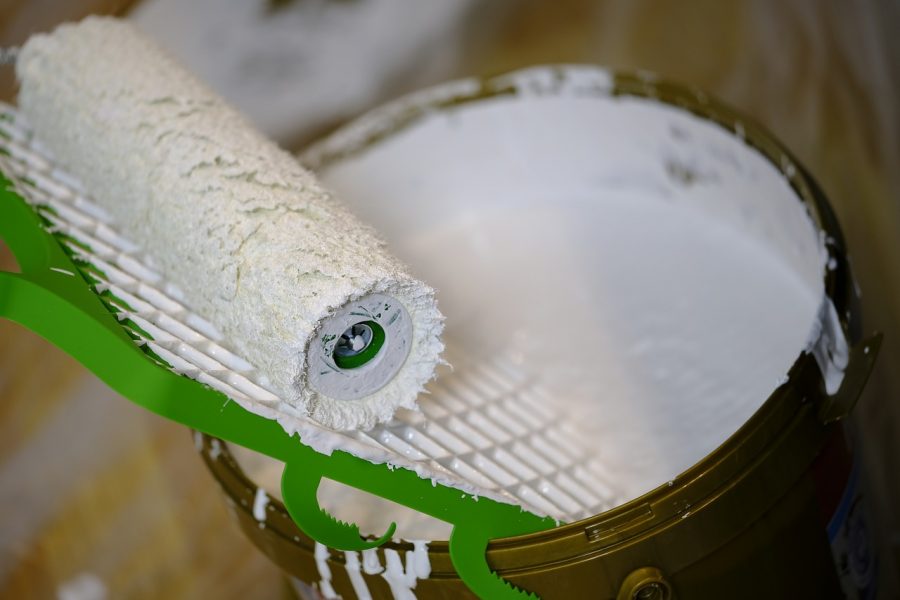

A roll-to-roll strategy for the production of future wearable photoelectric devices with higher performance and at a lower cost.

The addition of a liquid metal anode enables the design of a deformable battery with some unusual characteristics.
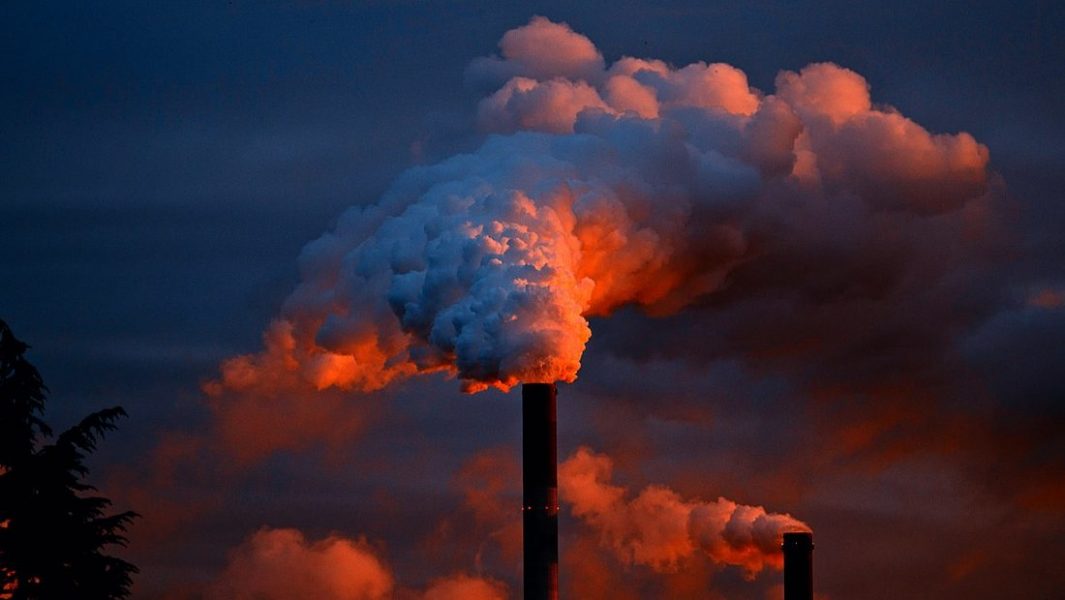
Making methanol for use as a renewable energy carrier.

A transparent and breathable microfluidic contact lens that could help to diagnose and treat eye disease is developed.
![Building Functional Bio-Nanostructures Using “Protein Bricks” [Video]](https://www.advancedsciencenews.com/wp-content/uploads/2018/03/adma201705919_ASN_image.png)
A team of researchers construct spider-silk-based “Protein Bricks” with on-demand shape and function for biomedical applications.

A wearable soft microfluidic device with sequentially filling reservoirs can collect, store, and analyze sweat in situ from almost any part of the body.

The Max Planck Institute of Colloids and Interfaces mourns for the loss of a long-standing founding director.
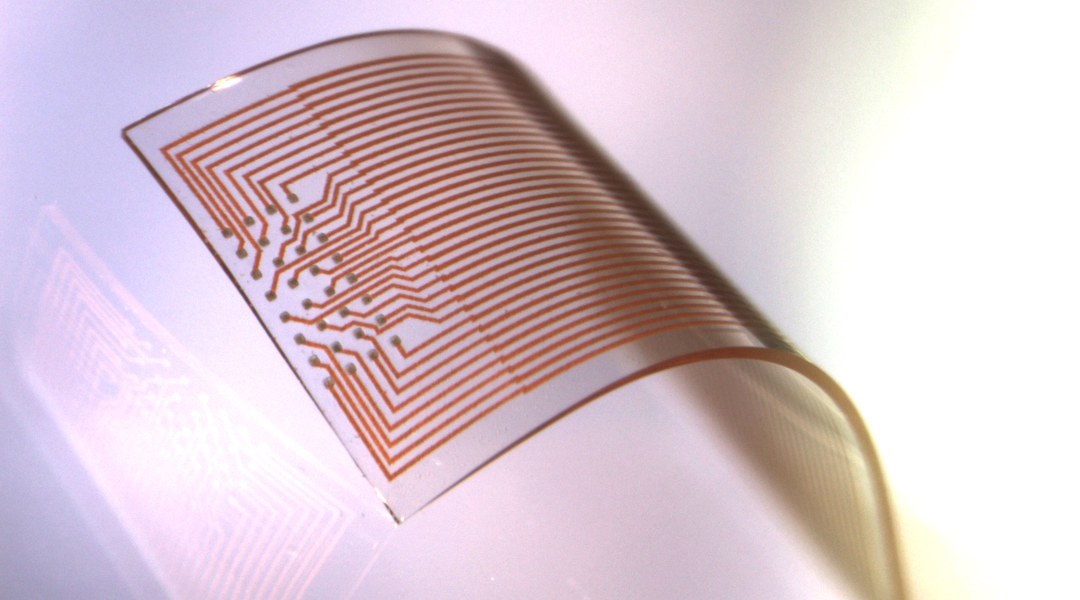
High-density stretchable electrode grids based on a material that can resolve high spatiotemporal neural signals from the surface of the cortex in freely moving rats with stable recording quality during 3 months of implantation.
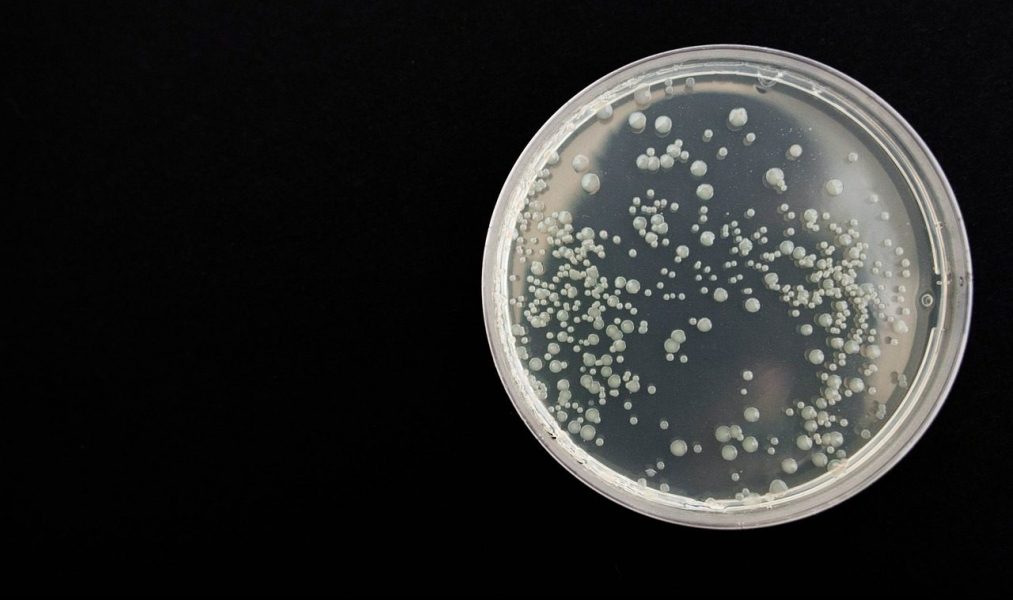
A team of Chinese researchers investigated the plasma-induced inactivation behavior of several bacteria without and with the presence of chloride.
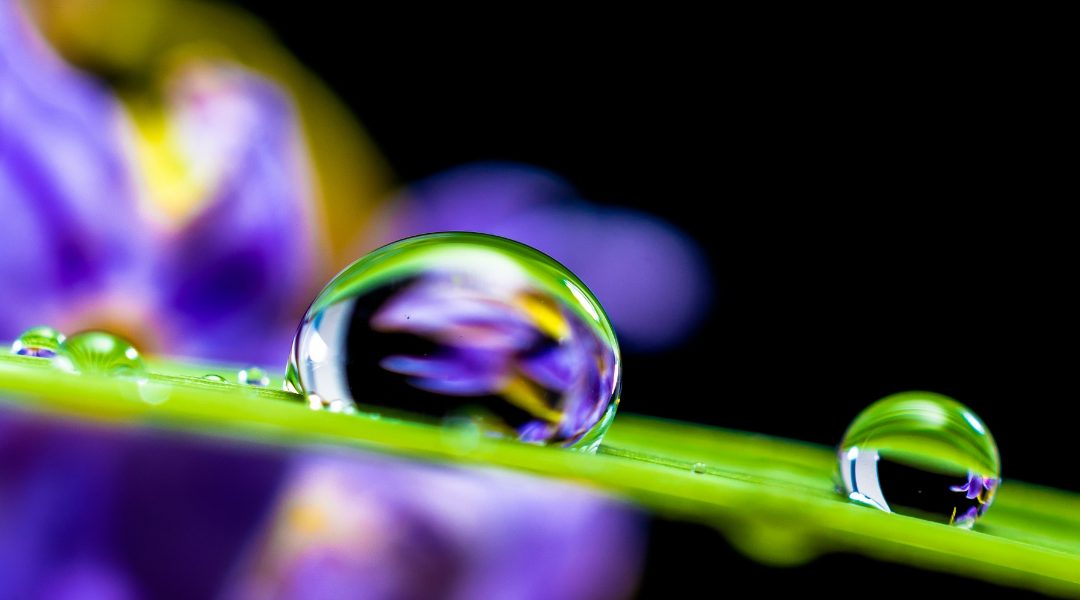
Artificial intelligence is used to analyze the parameters for creating self-cleaning, superhydrophobic surfaces, and to generate a model for optimizing the experimental conditions.